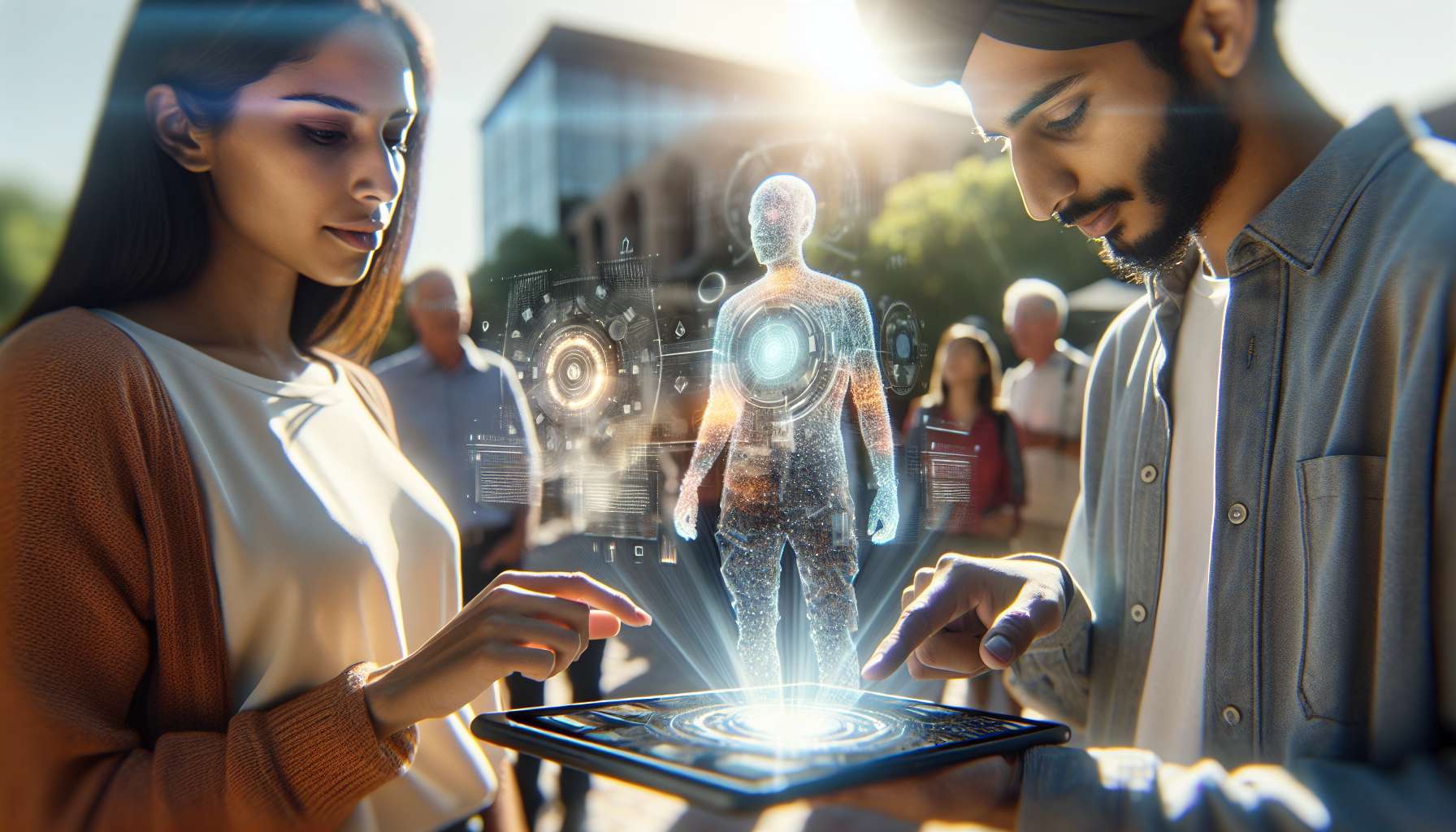Unlocking the Power of Interactive AI-Driven Product Demos
As technology continues to evolve, businesses are constantly seeking innovative ways to engage and impress their customers. One such solution that has gained significant traction in recent years is the use of interactive product demos powered by artificial intelligence (AI). In this article, we will explore the potential of AI-driven demos and how they can revolutionize the way businesses showcase their products.
The Rise of Interactive Product Demos
Gone are the days of static product presentations that fail to capture the attention of potential customers. Today, consumers expect immersive experiences that allow them to interact with products before making a purchase decision. This is where interactive product demos come into play.
By leveraging AI technology, businesses can create demos that go beyond mere visuals and provide a truly engaging experience. These demos can simulate real-life scenarios, allowing customers to explore the features and functionalities of a product in a hands-on manner. Whether it’s trying on virtual clothes, test-driving a car, or visualizing furniture in their own space, interactive demos enable customers to make informed decisions and build a deeper connection with the brand.
The Power of AI in Interactive Demos
At the heart of interactive product demos lies the power of artificial intelligence. AI algorithms can analyze user behavior and preferences in real-time, adapting the demo experience to meet individual needs. This level of personalization not only enhances customer satisfaction but also provides valuable insights for businesses to understand their target audience better.
AI-driven demos can also leverage natural language processing (NLP) capabilities, allowing customers to interact with the demo using voice commands or text inputs. This creates a more intuitive and user-friendly experience, eliminating the need for complex navigation or instructions.
Real-World Examples and Results
Several forward-thinking companies have already embraced AI-driven demos and witnessed remarkable results. For instance, a leading fashion retailer implemented a virtual fitting room powered by AI, enabling customers to try on clothes virtually. This not only increased customer engagement but also reduced return rates, as customers could make more accurate size and style choices.
In the automotive industry, car manufacturers have utilized AI-driven demos to provide virtual test drives. Customers can experience the thrill of driving different models and even customize various features, all from the comfort of their homes. This has not only boosted customer interest but also streamlined the sales process by allowing customers to narrow down their choices before visiting a dealership.
The Future of Interactive AI-Driven Demos
The potential of interactive AI-driven demos is vast and continues to expand. As AI technology advances, we can expect even more sophisticated and immersive experiences. Imagine trying on virtual reality headsets to explore a virtual store or using augmented reality to visualize how furniture would look in your living room.
Furthermore, AI-driven demos can be integrated with other emerging technologies such as augmented reality (AR) and virtual reality (VR), creating truly transformative experiences. Businesses can leverage these technologies to showcase products in ways that were previously unimaginable, leaving a lasting impression on customers.
Conclusion
Interactive AI-driven product demos have the power to revolutionize the way businesses engage with their customers. By leveraging AI technology, businesses can create immersive and personalized experiences that not only impress but also drive sales. As the technology continues to evolve, the possibilities are endless, and businesses that embrace this trend will undoubtedly gain a competitive edge in the market.





